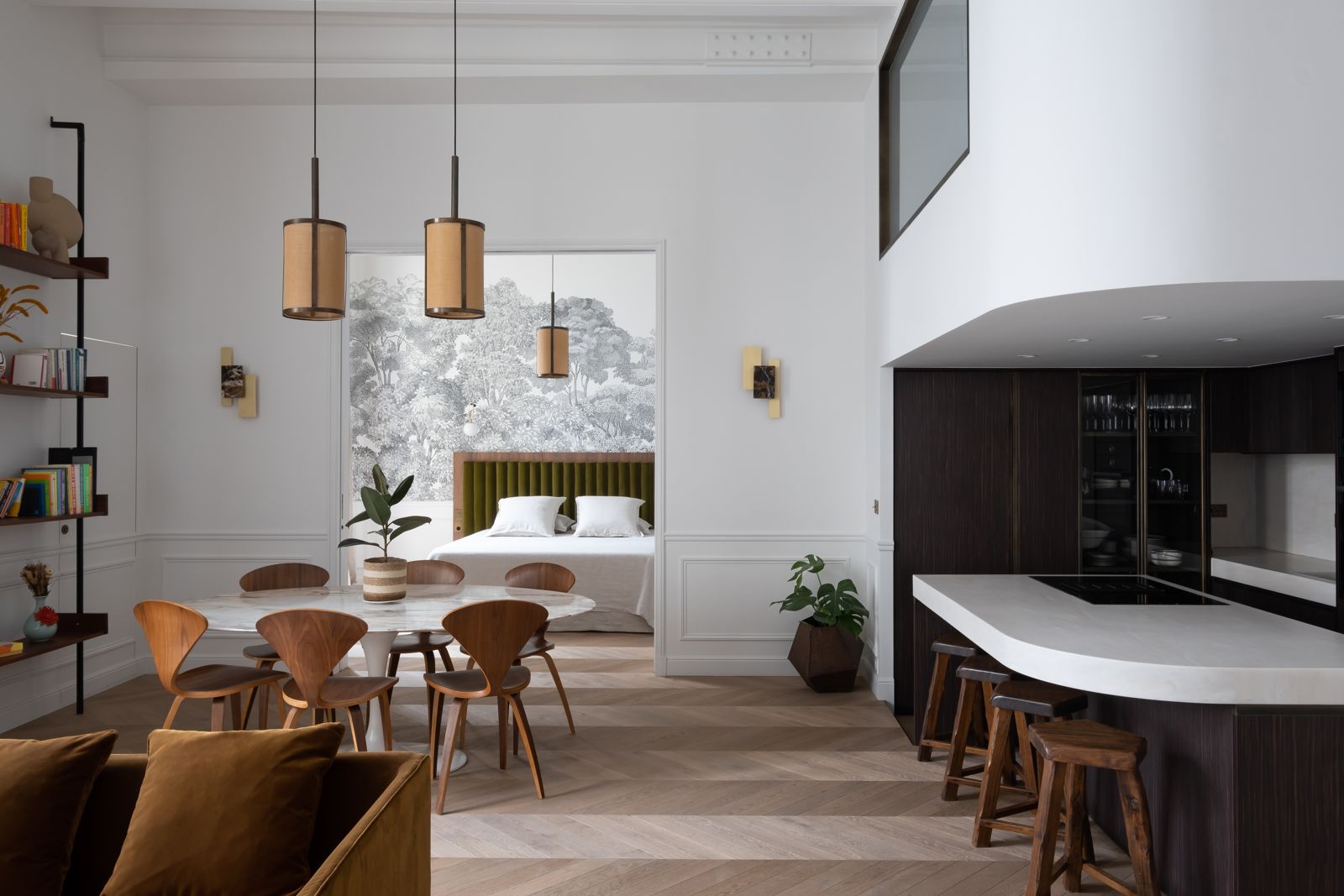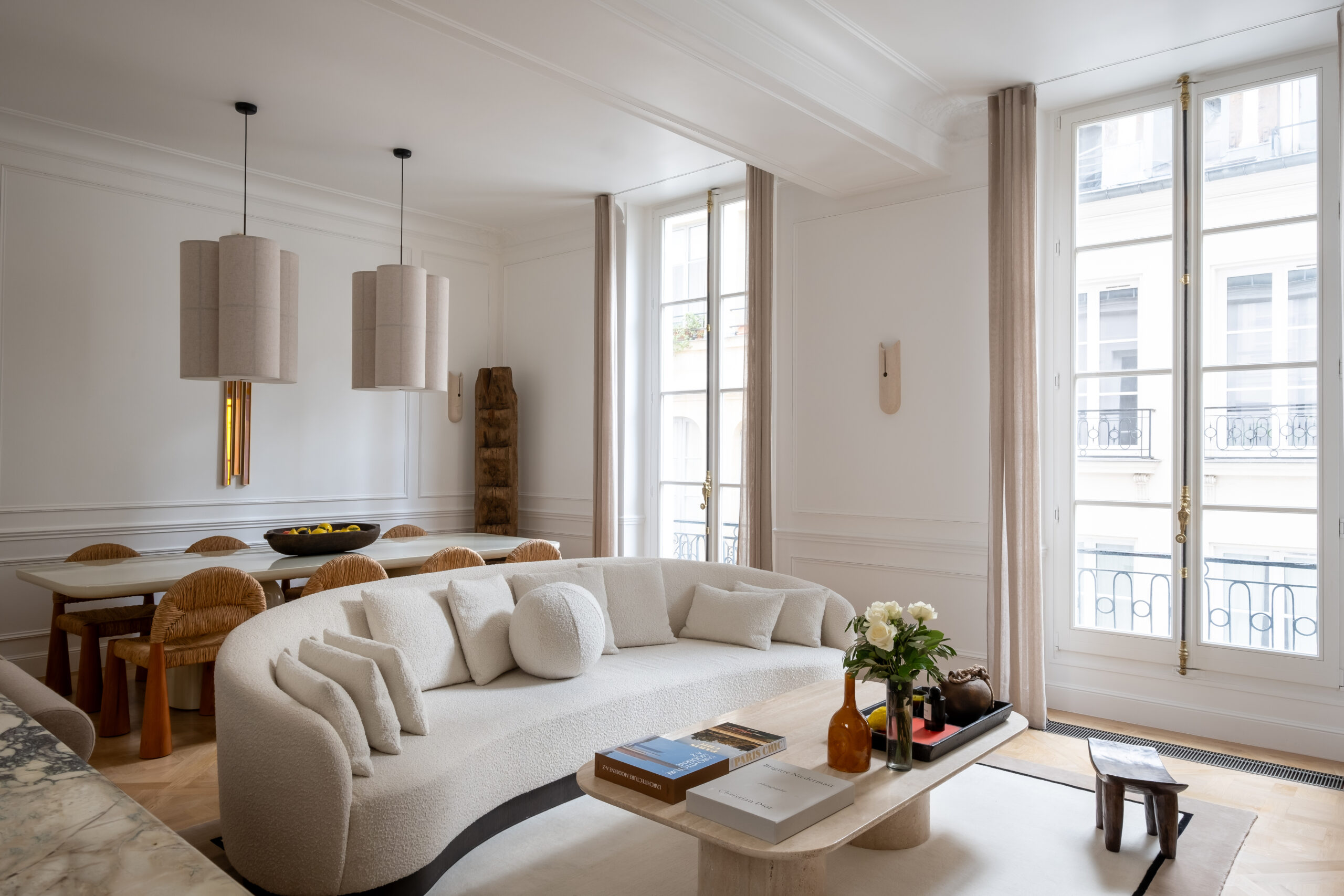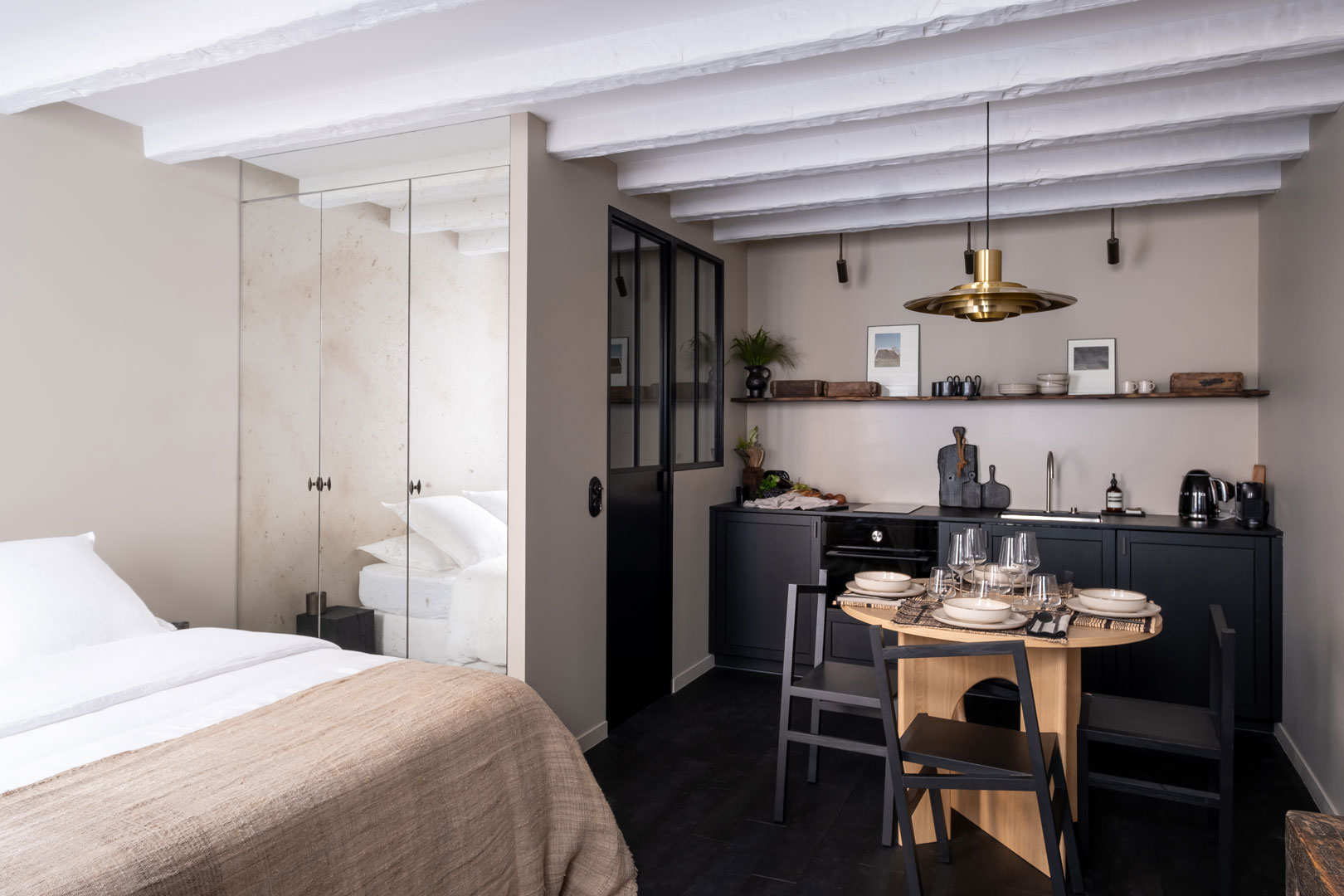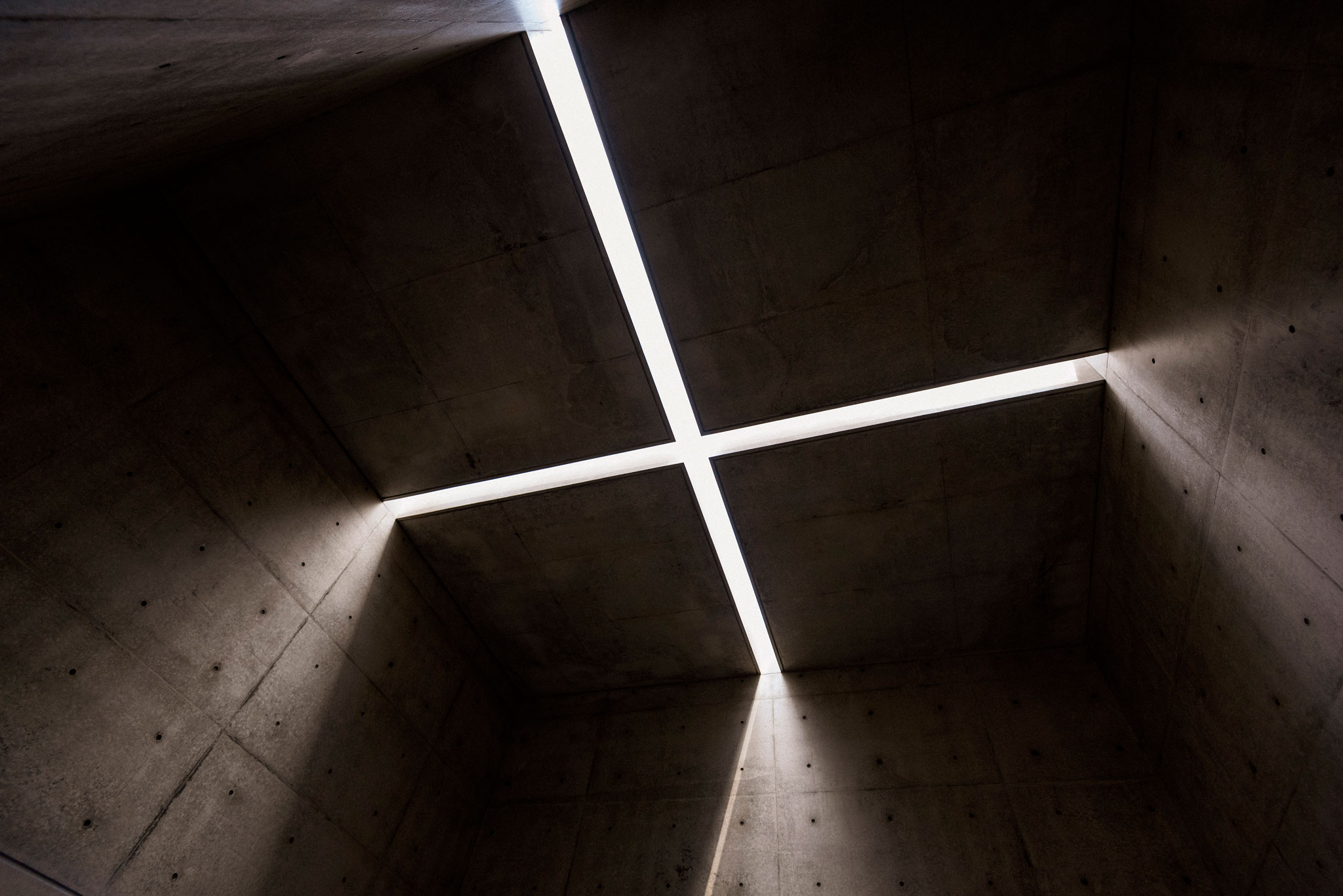
Bringing a space back to life is much more than simply restoring it. It means breathing new energy into it, while respecting its history and essence. This is precisely the challenge that our interior design studio took up during the recent renovation of an empty apartment in a former mansion in the 2nd arrondissement of Paris.
The project, which lasted over 6 months, was a real adventure. We started with a blank space, a whiteboard on which to draw our vision. Our objective was clear: to preserve the historic essence of this 18th-century townhouse while infusing it with a contemporary touch.
To meet this ambition, we had to rethink every element of the apartment. One of the first important technical decisions in terms of interior design was the recreation of the mezzanine, an essential element for optimizing space while retaining its original charm. We also highlighted the stones on the wall behind the fireplace and on the staircase, giving them a new life and an imposing presence in the room.
Innovation also played a part in our project, with the use of Saint Gobain opaque glass for the upstairs window. This transparent glass is instantly transformed into an opaque surface by a simple remote control, offering our customer total privacy in her small bedroom/yoga room.
In the kitchen, every detail has been carefully considered. A bespoke palm wood kitchen brings warmth and character to the space, while “invisible doors” cleverly conceal the toilet under the staircase, adding a touch of mystery to the whole.
The bedroom area was designed to remain open to the living room, maximizing the feeling of space and fluidity. Discrete sliding doors, however, allow the bedroom to be closed off at will, offering our customer choice and flexibility.
In the living room, our love of vintage pieces is on full display. The Oyster armchair by Pierre Paulin takes pride of place, testifying to our passion for exceptional objects unearthed with care.
This apartment renovation project in a Parisian mansion was much more than a simple restoration. It was an ode to the harmony between past and present, between tradition and modernity. Every detail, every choice, contributed to creating a unique space, imbued with the essence of its history yet resolutely forward-looking.


